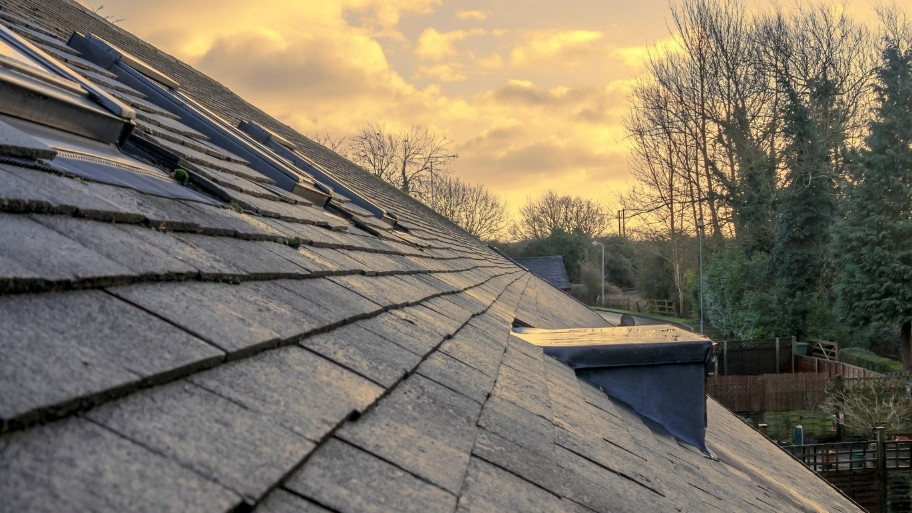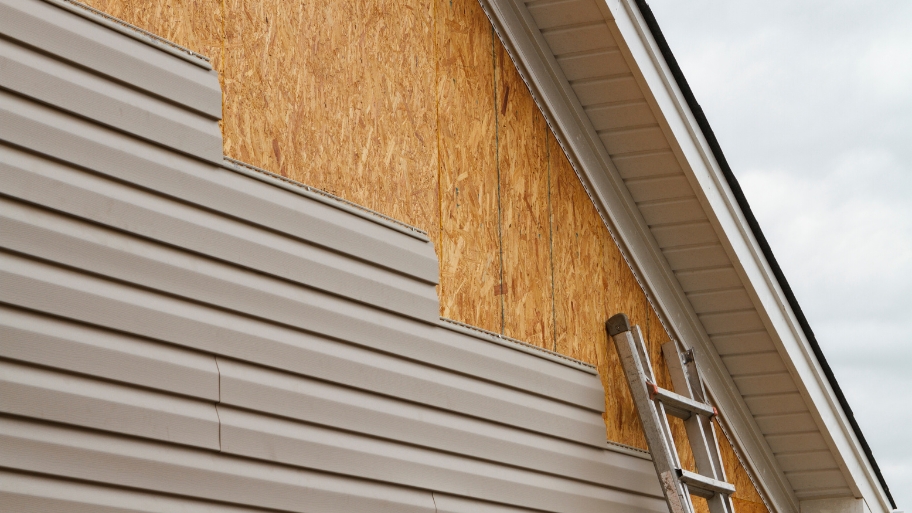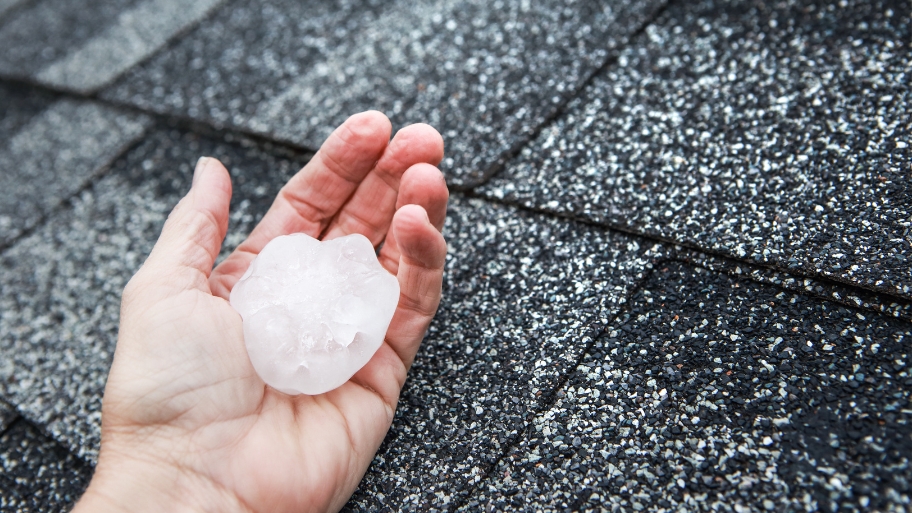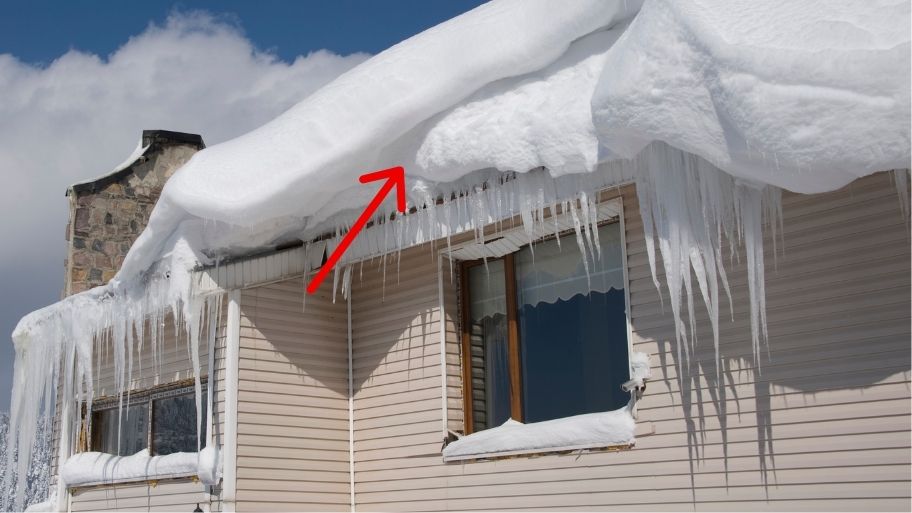
Why Spring Roof Maintenance Matters for Iowa Homes
Spring weather in Iowa is anything but predictable — and your roof knows it. As snow melts and the freeze-thaw cycle kicks in, hidden roof damage from winter starts to show.
Add heavy spring rains to the mix, and even small issues like a loose shingle or a clogged gutter can turn into water stains on your ceiling or a surprise leak in the attic.
That’s why spring roof maintenance isn’t just another seasonal chore — it’s your best defense against costly water damage. A few simple checks now can help you avoid mold, soaked insulation, or repairs that hit your budget hard.
The good news? You don’t have to figure it out alone.
Whether you’re in Des Moines, Ankeny, or a nearby town, JB Roofing & Gutters is here with expert help and honest advice.
We’ve created this quick, no-fluff checklist to help you spot potential problems early — and know when to bring in the pros. Let’s get ahead of spring damage, one smart step at a time.
1. Spring Roof Check: Clean and Inspect Your Gutters First
Did you know your gutters play a huge role in keeping your roof dry and damage-free?
It’s easy to overlook them, but gutters are actually your roof’s first defense against water damage. When they’re clogged with leaves, twigs, or leftover winter debris, water can back up and start causing trouble where you least expect it.
As part of your spring roof check, here’s what to look for:
If you spot any of these signs, water may be seeping into areas that should stay dry — like your fascia boards, attic insulation, or even the foundation.
Want a stress-free solution? JB Roofing & Gutters offers expert gutter cleaning and gutter guard installation that keeps your system flowing smoothly all year long.
✅ A clean, functional gutter system sets the stage for the rest of your spring roof maintenance — and helps you avoid greater issues down the road.
2. Inspect Shingles and Roof Surface for Subtle Warning Signs
Winter may be behind us, but your roof might still be carrying the evidence.
Shingles don’t always fail all at once — sometimes, the warning signs are subtle. A few worn or damaged spots now can open the door for leaks, rot, or heat loss later in the year. And the sooner you detect these issues, the easier (and cheaper) they are to fix.
Here are a few key things to look for when checking your spring roof:
These surface issues might not scream “emergency” — but they’re among the most important spring roof maintenance tips for a reason: left unchecked, they can turn into serious headaches once Iowa’s storm season kicks in.
💡 One of the best spring roofing tips: Don’t just check for leaks. Check for what could become one.
3. Flashing and Fascia: The Overlooked Leak Zones
Even if your shingles are solid, your roof can still leak — especially around the seams.
Flashing (the metal strips that lock joints around chimneys, vents, and skylights) and fascia boards (the horizontal panels beneath your roof edge) are two of the most common weak points on an otherwise healthy roof.
Keep an eye out for:
These symptoms might seem minor, but they’re often early signs of water getting where it doesn’t belong.
A thorough roof maintenance checklist should always include these areas — because leaks don’t always start where you’d expect.
4. Check Inside: Attic Mold, Stains, and Moisture Are Red Flags
If water’s getting in, your attic will be the first to tell you.
Not every roof issue shows up on the outside. Sometimes, the most obvious signs are hiding just beneath the surface — and your attic is where they show up first. It’s quiet, it’s dark, and it’s easy to overlook.
But a quick check can reveal problems you’d miss otherwise. Here’s what to look for during your attic inspection:
These are often early indicators of roof leaks or ventilation issues, both of which can lead to serious structural damage if ignored.
As part of your spring roof maintenance, don’t skip the inside. A few minutes spent in the attic now can save you a major headache later.
Don’t wait if you spot something concerning — our team can pinpoint the source fast and help you fix the problem before it grows.
5. Don’t Skip Tree Trimming as a Spring Roof Maintenance Tip
Trimming overhanging branches might seem like a small task — but it’s one of the easiest ways to protect your roof from surprise damage.
Spring storms in Iowa often come with strong winds, and limbs that hang too close to your roof can snap off and cause sudden impact damage.
Even without a storm, constant scraping from branches can wear down shingles over time. And don’t forget the debris — falling leaves, seeds, and twigs can quickly clog your gutters or collect in roof valleys, creating pockets where moisture builds up.
Here’s why this spring roof maintenance tip matters:
It’s a simple step — but one that many homeowners overlook.
🌳 For a full spring refresh, pair this with a roof and gutter check from JB Roofing & Gutters to make sure everything above your head is good to go for the season ahead.
When to Call for Spring Roofing Services in Iowa
Not sure where to start — or just want it done right the first time?
Spring roof maintenance isn’t always straightforward. Some problems are easy to spot, while others hide beneath the surface.
And for busy homeowners, climbing ladders, inspecting shingles, or checking attic insulation isn’t always practical (or safe).
If you’re feeling unsure — or you’d simply rather leave it to a trusted pro — this is the time to call in help.
Our complete spring roofing services cover everything from detailed roof inspections and repairs to gutter cleaning and protection systems.
Whether you’re dealing with visible wear or want peace of mind after Iowa’s long winter, we’ll make sure your home is ready for whatever spring throws your way.
✅ JB Roofing & Gutters proudly serves Des Moines, Ankeny, and surrounding communities
We offer expert care with friendly, local service. Ready to schedule your spring roof check? We’re here when you need us.

About the Author
Joe Burkhart, the driving force behind JB Roofing, has been a trusted roofing expert in Ankeny, IA, since 2006. Joe’s passion for quality craftsmanship and personalized service comes from over 20 years of hands-on experience, starting his journey in the roofing industry back in the early 1990s. JB Roofing is more than just a business to Joe—it’s a reflection of his commitment to providing reliable, long-lasting roofs that protect homes and families across Iowa.




